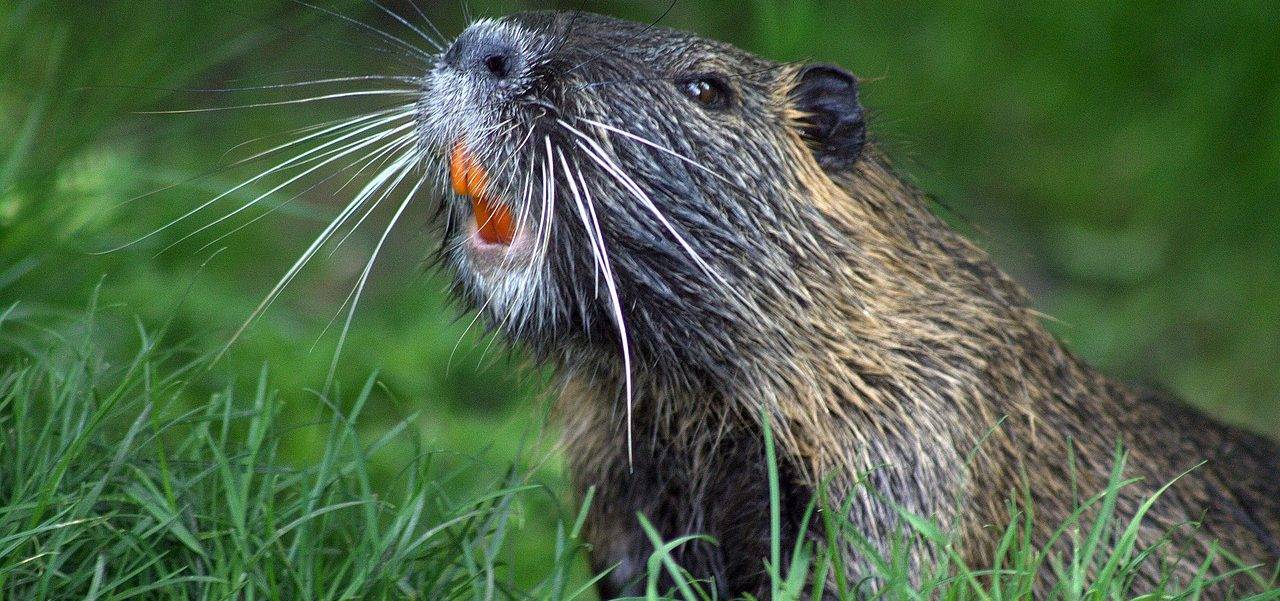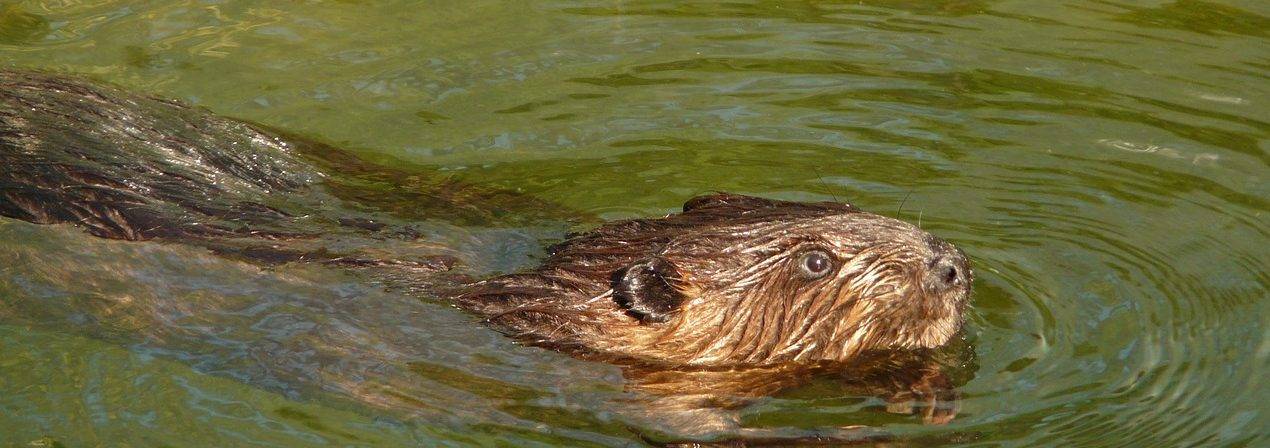Beaver catching at different times of the year
4 5 599 0
Many people ask the question: “How to catch a beaver?” After all, the skin of this animal and its meat are very valuable. Also, its fat (used to treat certain diseases or included in other medicines) and stream are beneficial for health. But it is desirable that the animal is not injured or killed during fishing. As a result, hunters are developing different methods of catching it. Catching a beaver is very difficult; it is not only strong, but also quite smart. Let's take a closer look at the method of catching this animal.
Use of weapons: pros and cons
Of course, the easiest and probably more common method for obtaining a beaver trophy is to use a gun. But this method has its negative, as well as positive, sides.
Positive sides:
- Speed of obtaining a trophy. We look for a beaver, take aim, shoot and that’s it, you have the beaver carcass. No long cooking process required.
- Distance fishing. Due to the fact that the bullet flies over long distances, the animal has virtually no chance of escaping. The main thing is that the shot is accurate. No less important is the hunter's high secrecy; the animal does not see him; there is an element of surprise.
- An easy and productive way to hunt. The gun is not very heavy, and you don’t need any special knowledge to use it.
 Negative sides:
Negative sides:
- Receipt of a euthanized animal. But often you only need a living animal.
- The main negative side is the damaged skin. The bullet spoils the skin, its integral structure is greatly disturbed, thereby making it difficult to further use the skin for some purpose. If they hunted for further sale of fur, this option immediately disappears.
Camouflage while hunting
To hunt a beaver, you need to know several camouflage rules, since the animal is cautious and will not let you get close to it.
The beaver's sense of smell is at the highest level, as well as very good hearing, so it senses the hunter at a great distance.
Camouflage Basics:
- To approach a body of water to make an ambush, you must enter only from the windward side. But this does not mean that if the wind is southwest, then the northeastern part of the coast is considered windward. Usually, large trees grow along the banks and in places where beavers live. They cause air currents to move and therefore the smell of danger can reach the animal. Be guided by the wind, in such places it mainly blows along the water elements (not across), so look where it is better for you to be, relative to the current.
- Pay attention to the smell. You should not use any repellents. And this is tempting to do, since there are many swarms of mosquitoes near the oxbow lakes and you want to protect yourself from them. But the aroma from the repellent spreads far across the area and will alert the beaver, although this does not apply to the smoky smell (the beaver is familiar with it and does not associate it with anxiety), so if you were near the fire before the hunt, you don’t have to change your clothes.
- Choosing an ambush site. Can be created near water or above its surface. It is better near the water when the prey is on the shore, and above the surface if the beaver is immersed in the water.
Ambush selection features:
- When a beaver moves through the water, only its head is visible. This makes it difficult to hit. By positioning himself above the water (possibly on a tree), the entire body of the animal will be revealed to the hunter and the accuracy of the hit will increase.
- Near water, wind currents can make a negative contribution to the accuracy of the hit. But if the beaver is located on the shore, then hunting from the water is very convenient (even a wounded one will not go into a hole).
- The beaver does not expect danger from the air (since it has no enemies there) and does not pay attention to the top, therefore it is better to be above the water.

When hunting from a boat, approach the animals quietly (without a motor), just stop at a distance of 25 meters and do this at night.
It is advisable to “blind” the animal with a powerful flashlight and then fire a shot. The noise of the gun will cause other beavers to scatter, so often you won’t get more than one, but after 300 meters you can try to hunt another beaver.
Method of making trap No. 1
When making the trap, we took into account one of the characteristics of the animal’s life. After all, beavers love (and they are good at it) to “repair” half or completely destroyed dams. All you have to do is damage the dam a little, and the beaver will be there and begin repairs.
Method of making a trap (method one):
- We find a beaver dam and break it until the water line drops by 25 centimeters. Then set the trap without attracting attention.
- We cut out a peg from wood (length 200-250 centimeters). We drive it in at a distance of 1.5 meters from the coastline. The soil in this place should be dense. Just make sure that the animal does not find your stake, as it can chew it off and use it to repair the dam. At the bottom of the peg we wrap a cable 2 meters long and mask the bottom with silt to hide it from the beaver.
- We set a trap with springs facing each other. It turns out something like a horseshoe (with springs). It should go half a meter deep (if less, the beaver may not touch it with its stomach).
- We open the trap. We take it from below (for safety from impact) so that the frame is in the palm of your hand. We squeeze its arms with our fingers and direct the plate downwards, leaving only the minimum hook of the guard.
- We place it at the bottom by the edge of the spring (the frame should be directed towards you).
- We mask it with mud. We raise the turbidity, which, when settled, will close the trap. Watch out for leaves, branches, etc. getting into it. This is fraught with idle operation.

Winter beaver fishing
Most people tend to think that beavers hibernate during the winter. But this is not so, they simply become less active, as a result the question arises about how to catch them during such a period. This is not an easy task that requires physical effort and significant costs.
Preparing the place:
- We begin to catch the animal in the fall, before the ice cover appears. We look for a deep area with the presence of a beaver and mark it (for ease of finding in winter).
- As soon as the ice gets stronger and you can safely stand on it, we begin the hunt.
- We find the intended area and make an ice hole there with an area of 50 by 50 centimeters.
- We are looking for a tree of the required length and small size.
- One part of the tree is stuck at an angle of 40-45 degrees into the underwater bottom of the pond, and the other remains above the ice surface. No 1
It might be useful to read:
- Beaver catching at different times of the year;
- Emergency assistance for drowning;
- How to behave in a thunderstorm. Safety regulations;
- How to make a fish dryer with your own hands;
- Medical glue "bf";
- The first sensible review of dry rations from a woman;
- The best steel for a hunting knife;
- Do-it-yourself sundial: decorate the dacha and kindergarten playground;